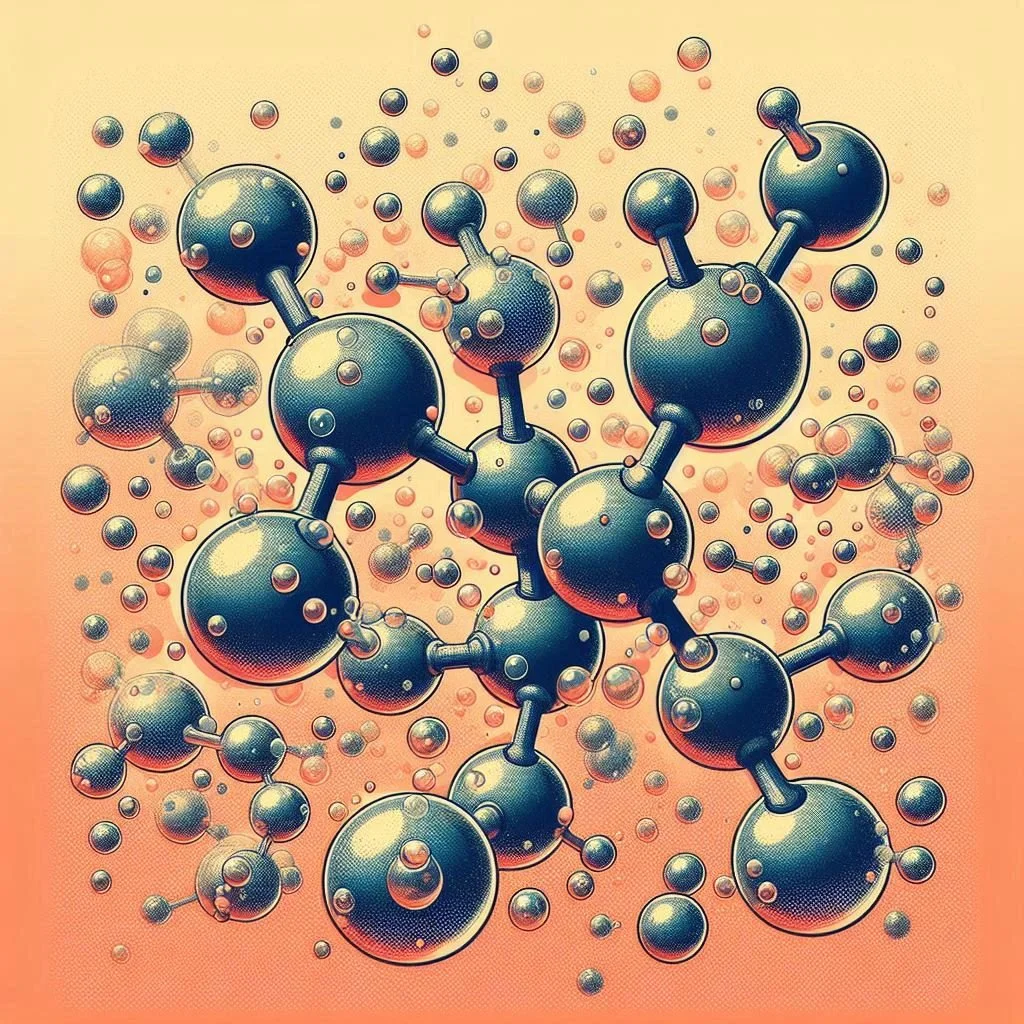The Science Behind the Molecule
5-Methoxy-Dimethyltryptamine (5-MeO-DMT) is a naturally occurring psychoactive compound found in various plants and animals, notably in the secretions of the Sonoran Desert toad (Incilius alvarius). Its psychoactive effects are primarily attributed to its action on serotonin receptors, especially the 5-HT1A and 5-HT2A subtypes. Notably, 5-MeO-DMT exhibits a higher affinity for 5-HT1A receptors, distinguishing it from other psychedelics that predominantly target 5-HT2A receptors.
The precise mechanisms that induce profound psychoactive experiences remain under investigation. In vitro studies suggest that it can inhibit the re-uptake of neurotransmitters such as serotonin, norepinephrine, and dopamine, potentially contributing to its psychoactive properties. This underscores the potential dangers of combining 5-MeO-DMT with monoamine oxidase inhibitors (MAOIs), as such combinations can lead to severe adverse effects.
The Research
Despite limited clinical research, emerging studies are beginning to explore the therapeutic potential of 5-MeO-DMT. Observational research has reported that individuals participating in structured group settings, with appropriate preparation and integration support, experienced significant improvements in mental health. Specifically, in a study conducted by Johns Hopkins University, 80% of participants diagnosed with depression reported symptom alleviation and 79% of participants diagnosed with anxiety reported a reduction in their symptoms.
These findings align with earlier studies indicating that a single inhalation of 5-MeO-DMT can enhance life satisfaction and mindfulness, while reducing anxiety, stress, and depression, with effects persisting for several weeks. The intensity of mystical experiences and feelings of ego dissolution during the session correlated with the degree of improvement, a pattern also observed in research involving other psychedelics like psilocybin. Notably, 5-MeO-DMT appears to elicit these profound experiences more consistently and intensely than psilocybin.
Preliminary research suggests that 5-MeO-DMT may promote neurogenesis and modulate inflammatory responses, similar to other psychedelics; however, further human studies are necessary to fully understand these effects.
Electroencephalography (EEG) studies have demonstrated that 5-MeO-DMT induces distinct brain wave patterns compared to other psychedelics like DMT. Both substances reduce alpha brain wave activity, correlating with the intensity of the subjective experience, and increase connectivity between different brain regions. However, 5-MeO-DMT enhances coherence across both delta and beta frequency ranges, whereas DMT predominantly affects the higher end of the beta spectrum. This may be linked to differing activation levels of 5-HT1A receptors between the two compounds.
Given its unique properties and relatively short duration of action, 5-MeO-DMT presents a compelling subject for clinical research. Ongoing studies aim to further elucidate its neurobiological effects and therapeutic potential, with an anticipated increase in published research in the coming years.

